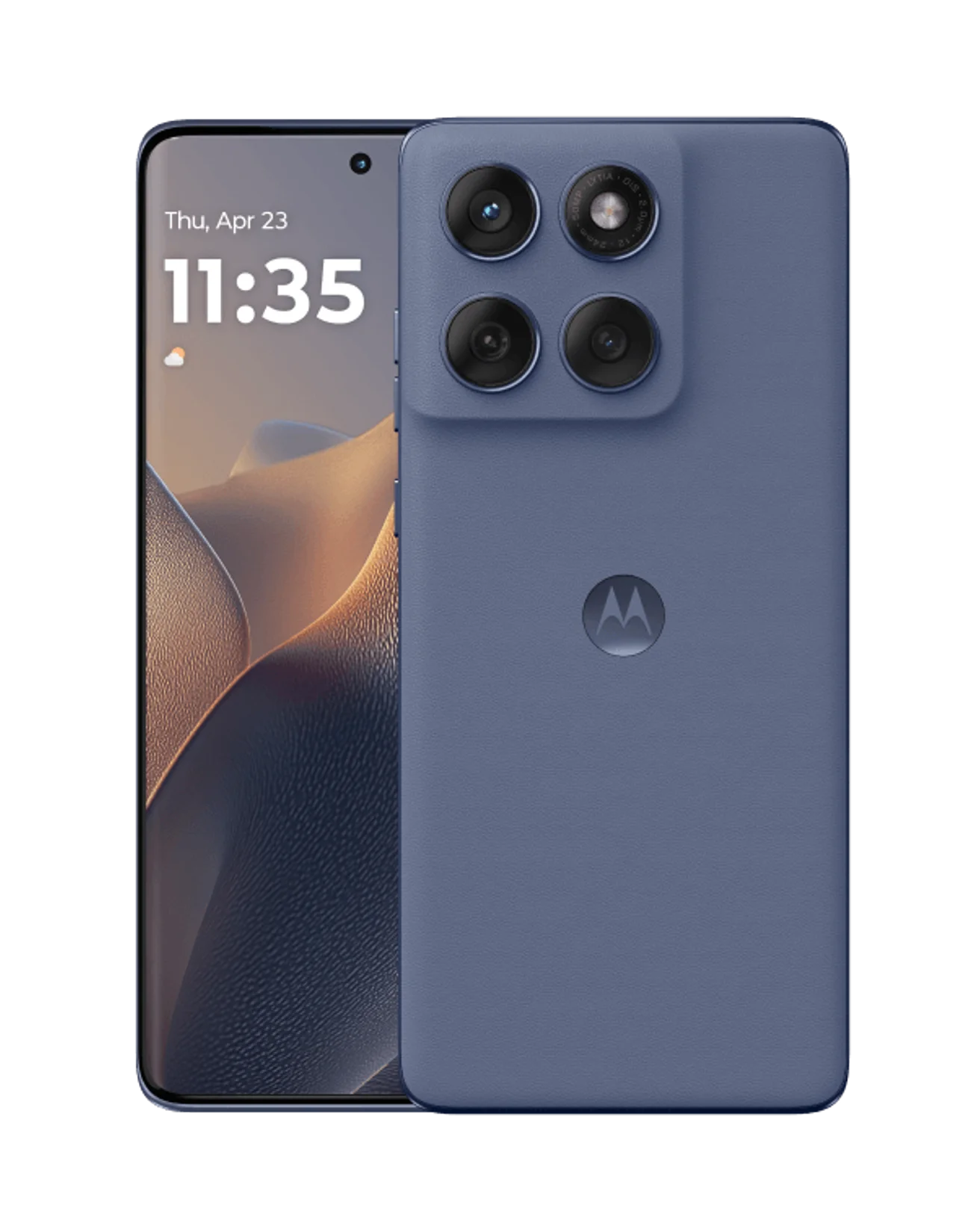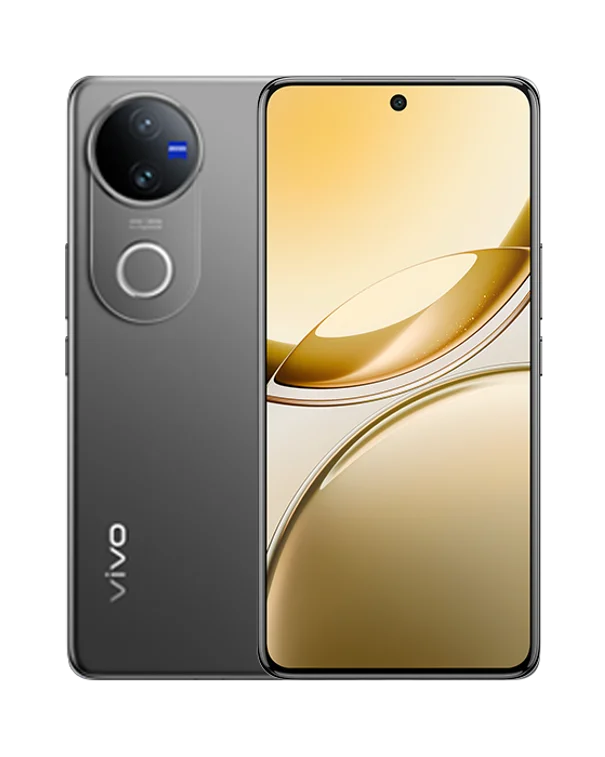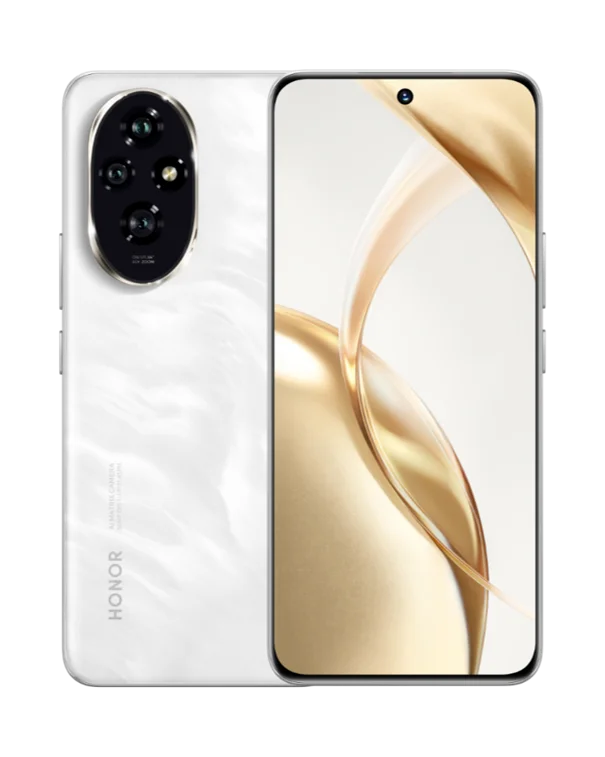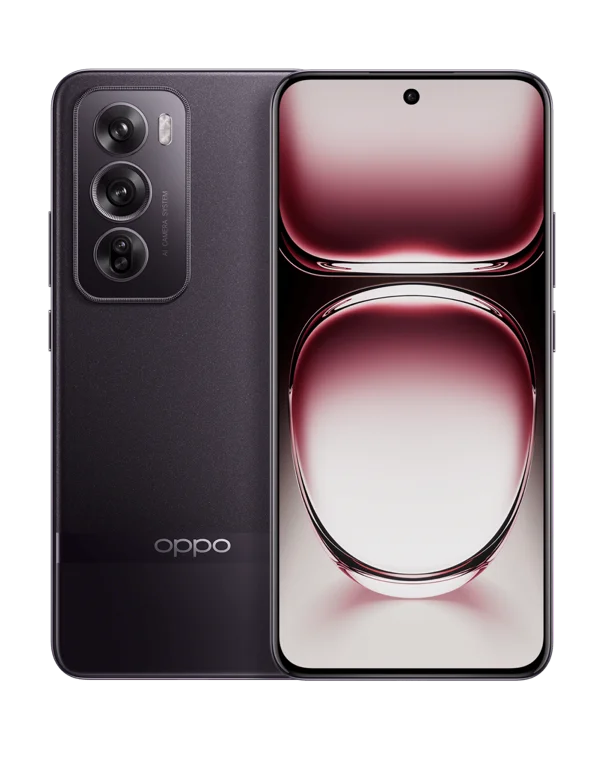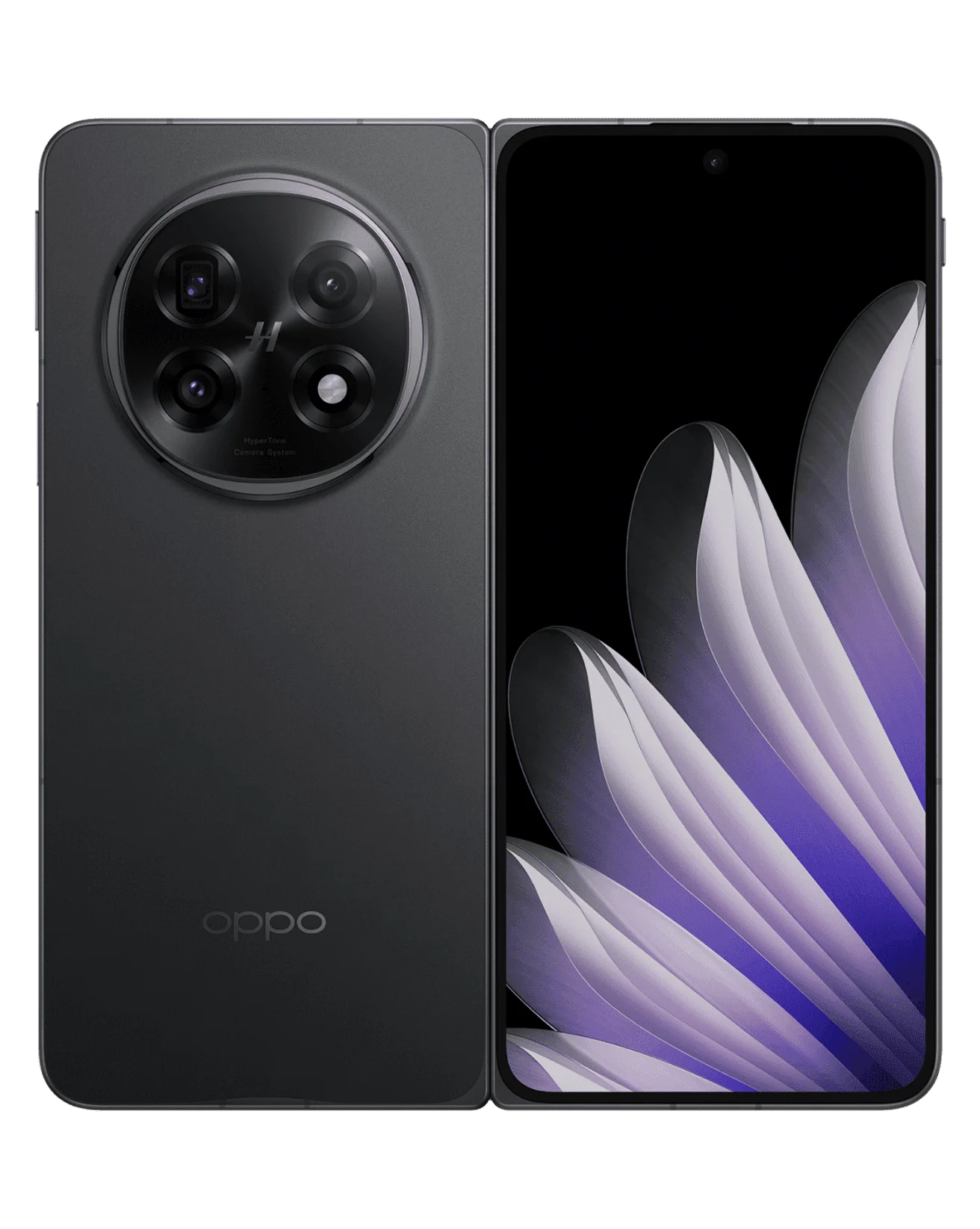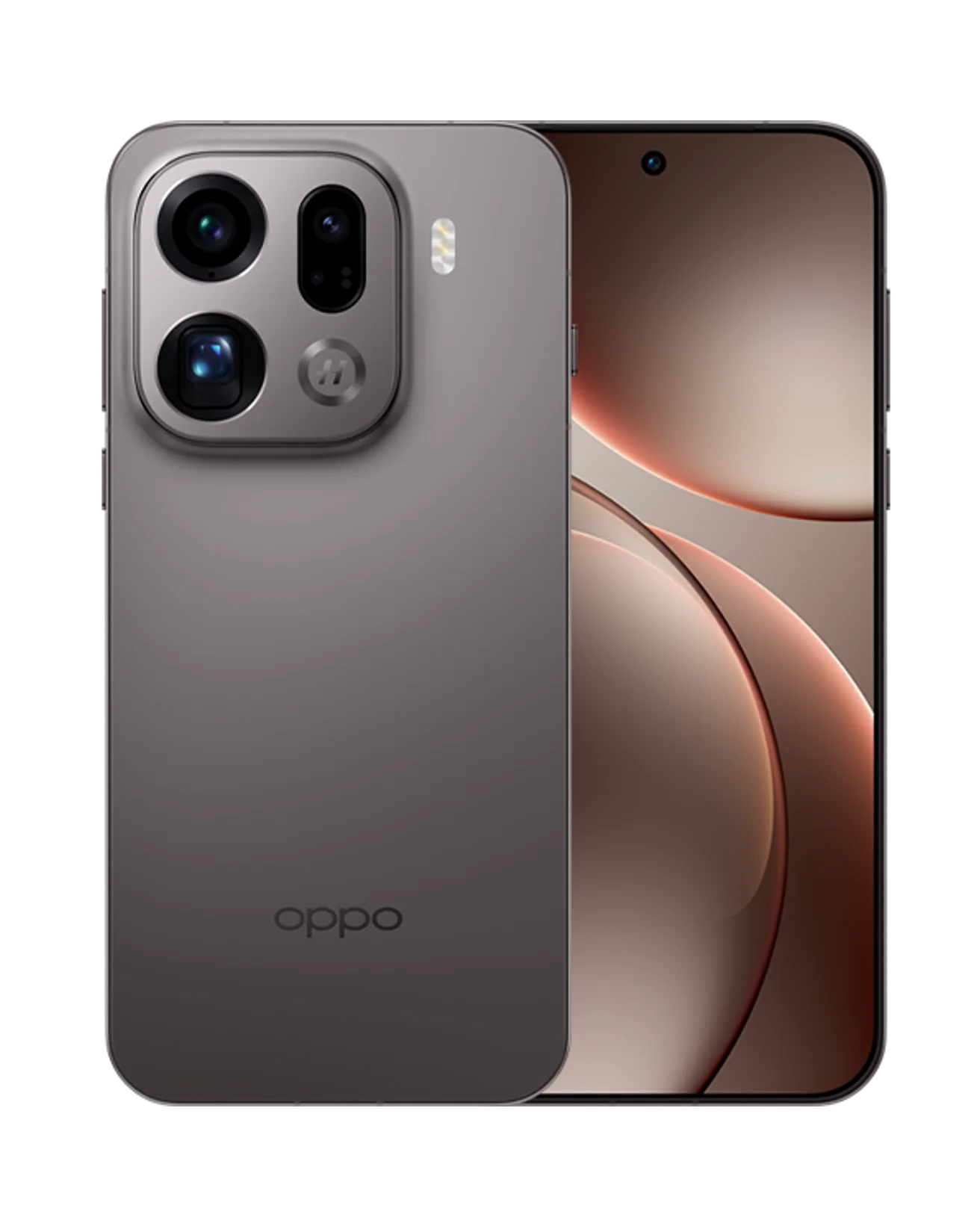
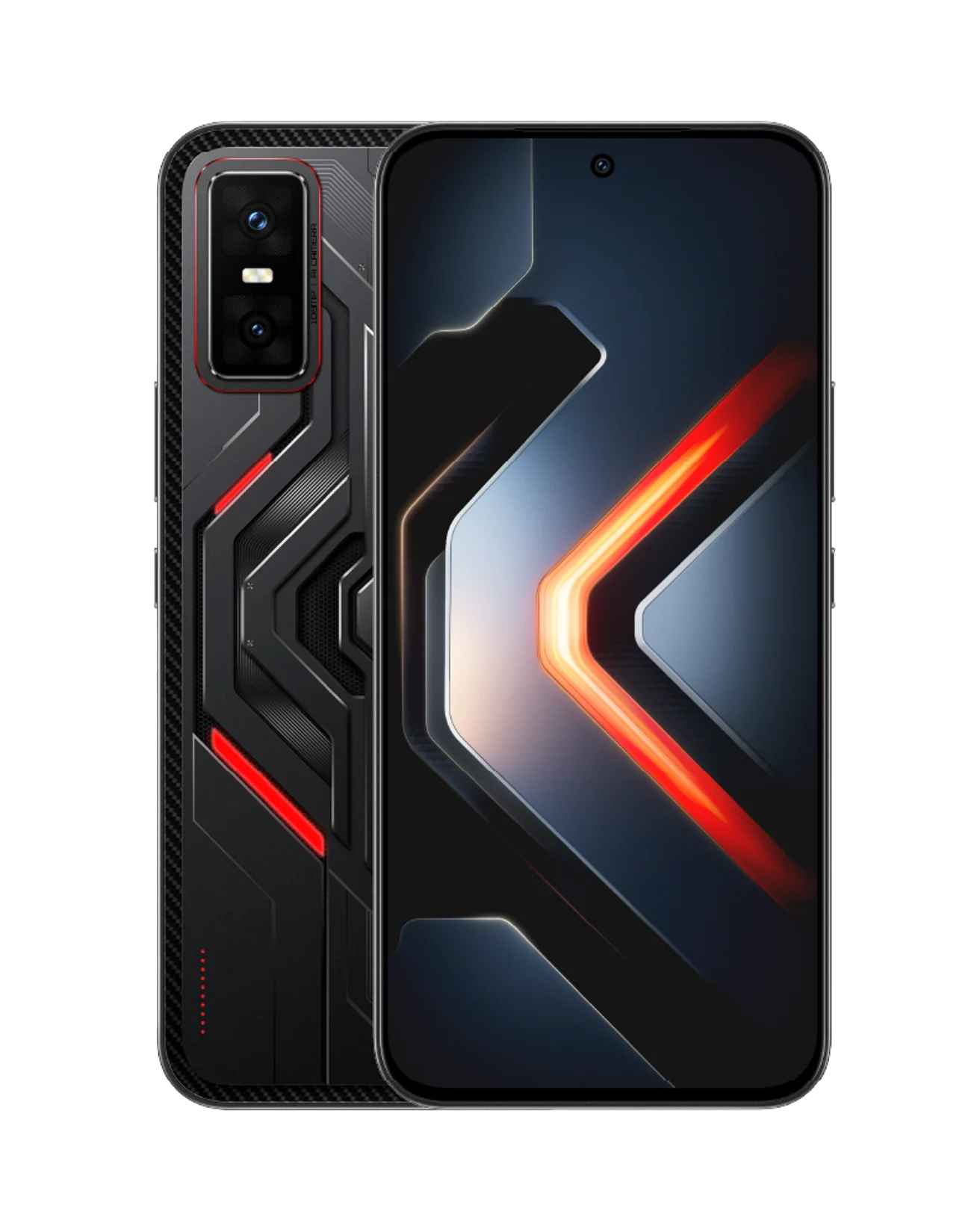
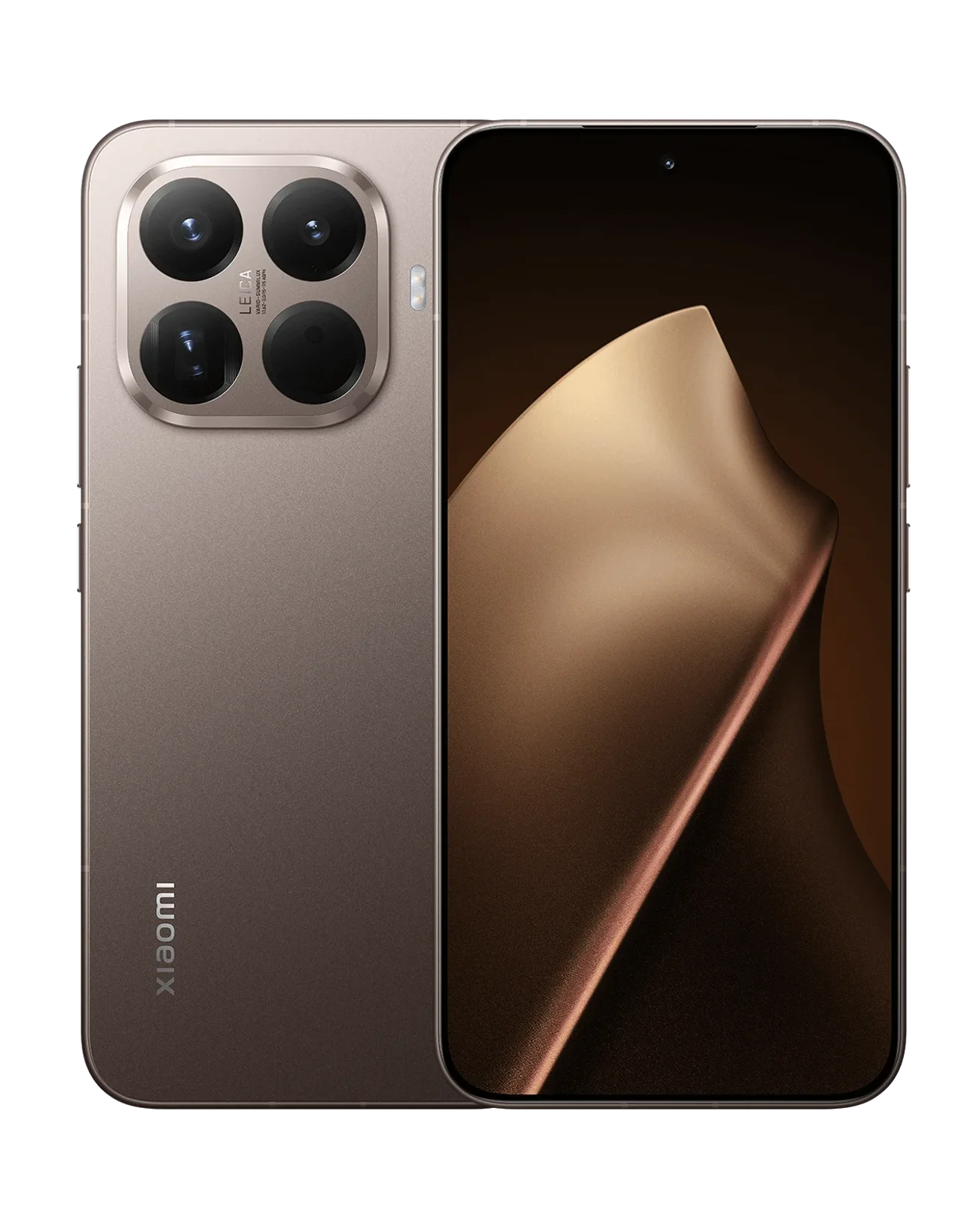
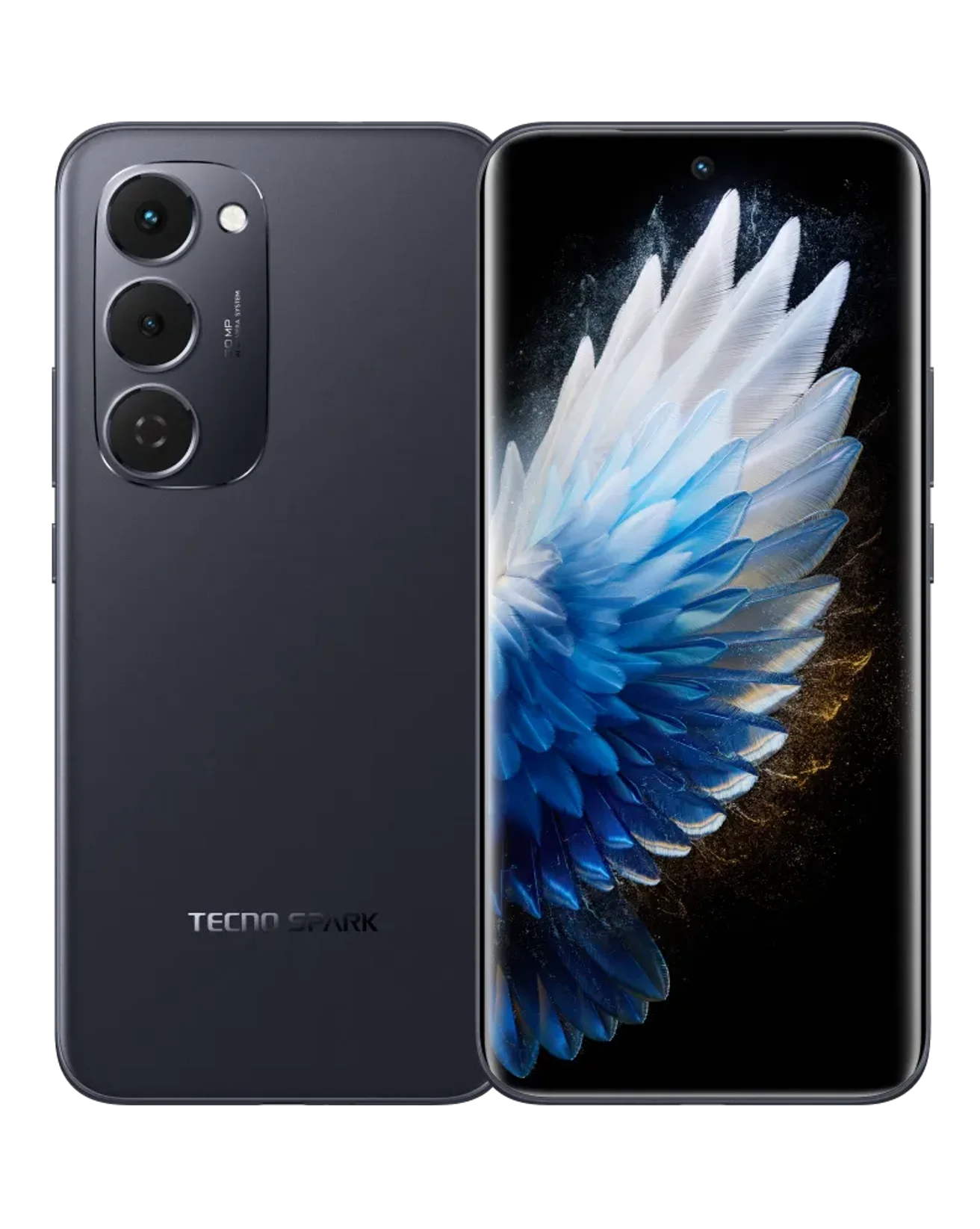



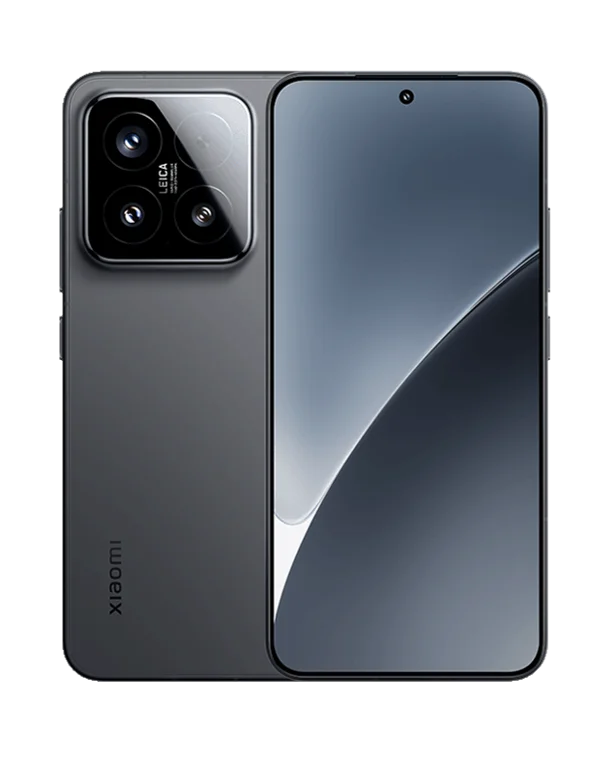


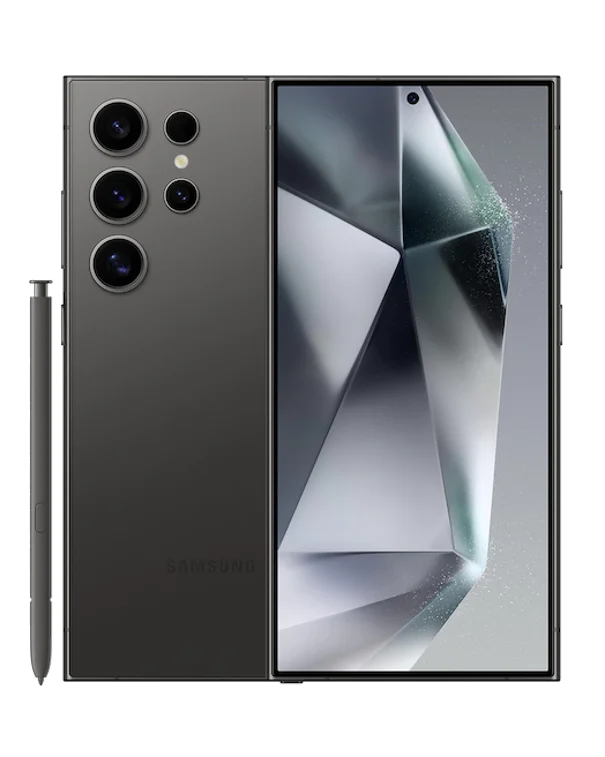









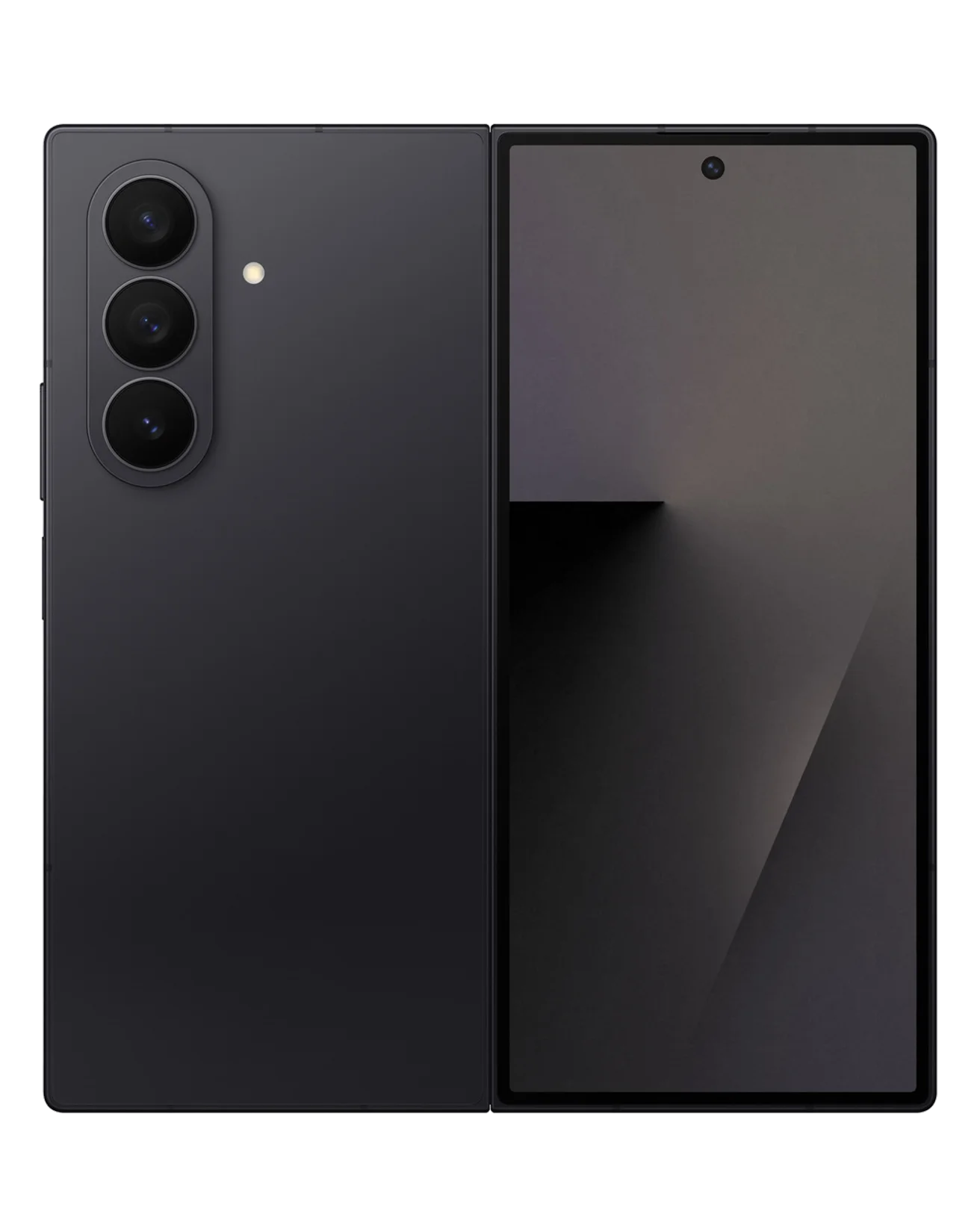









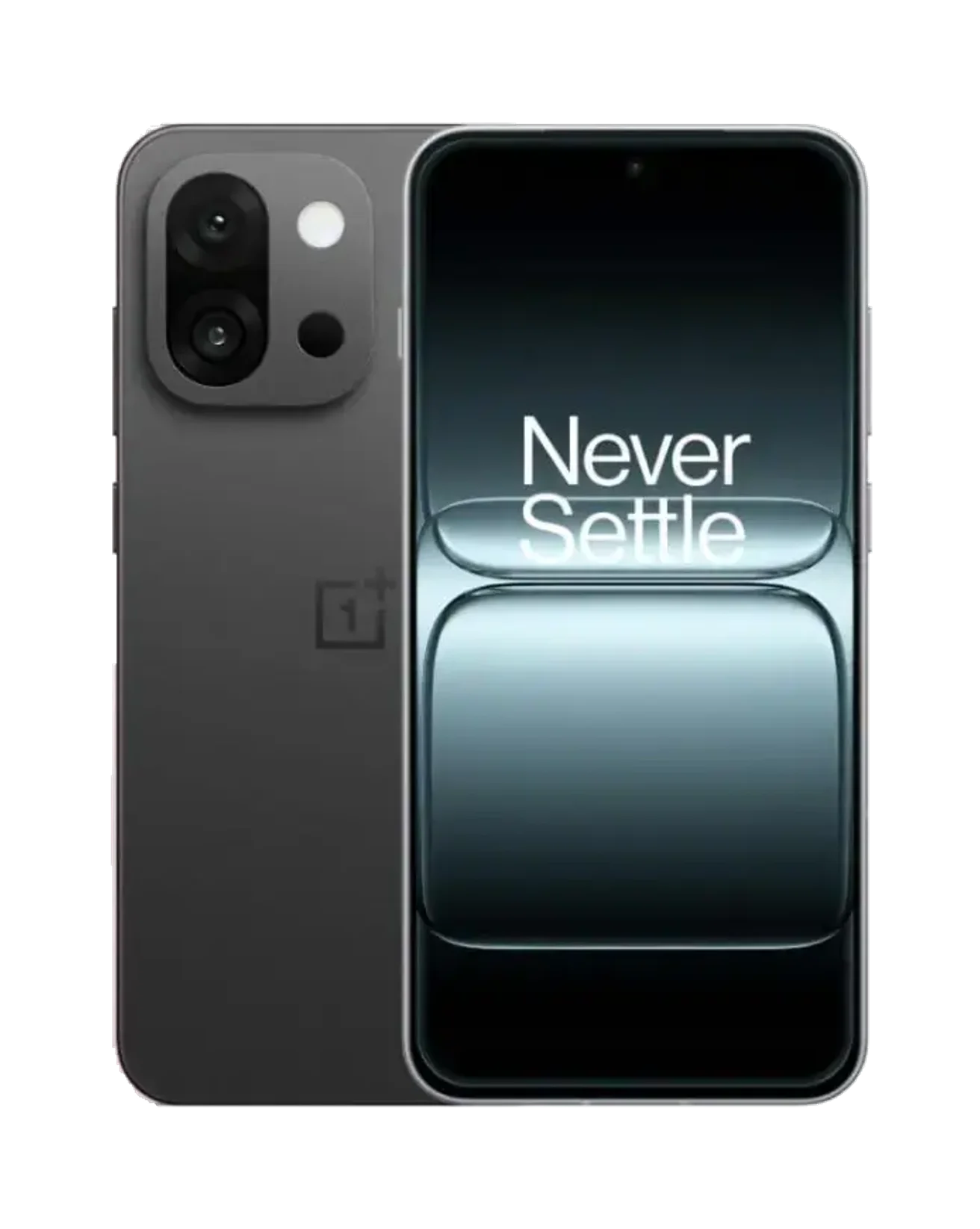


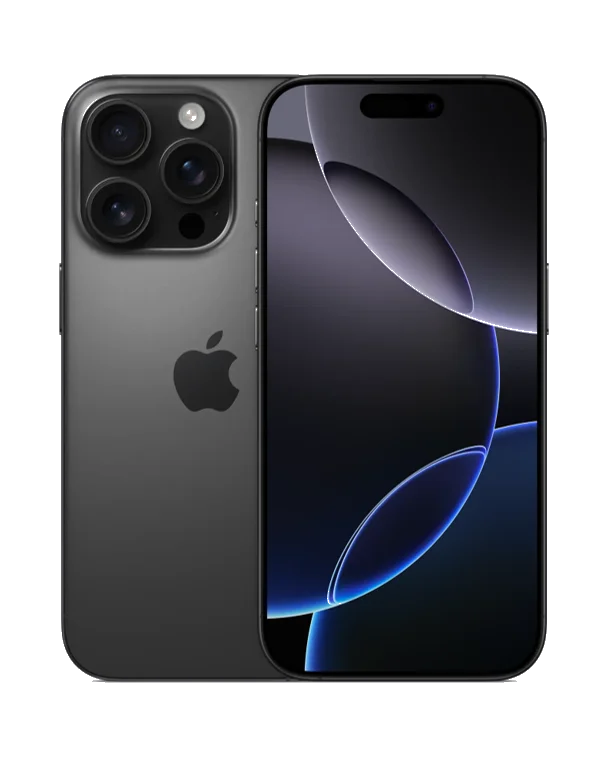
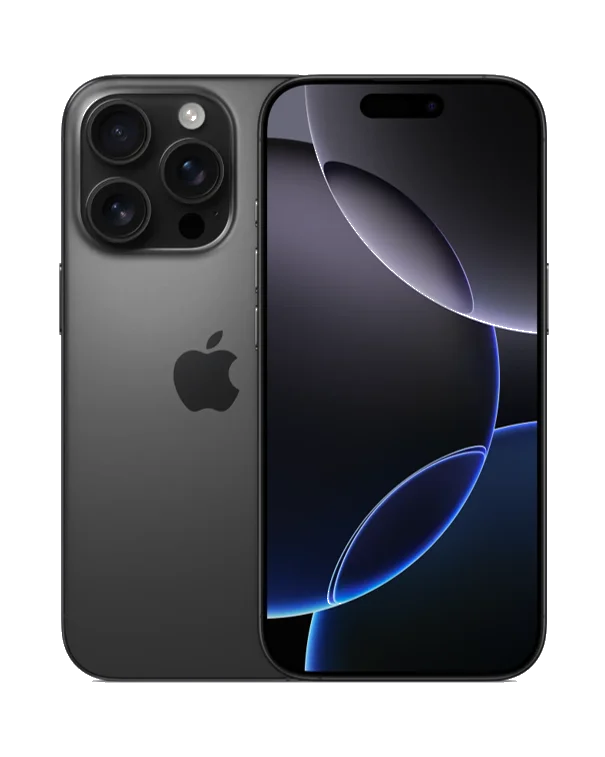
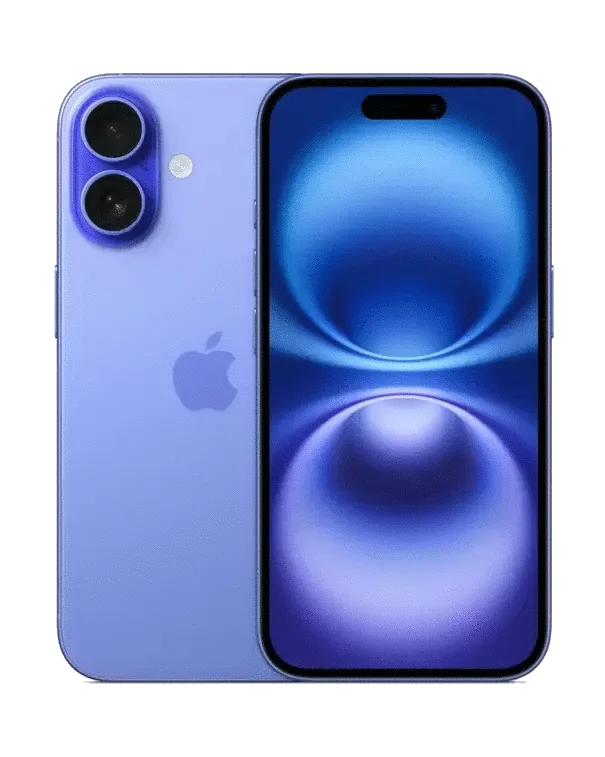
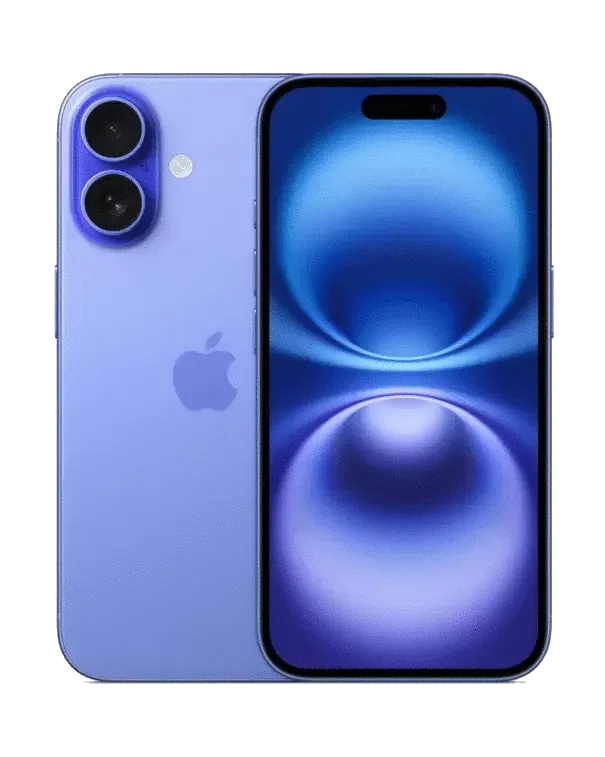






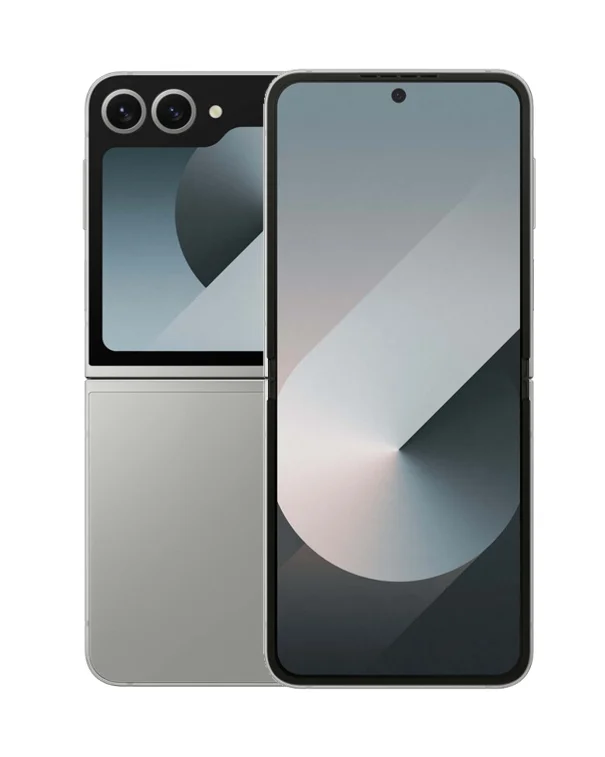
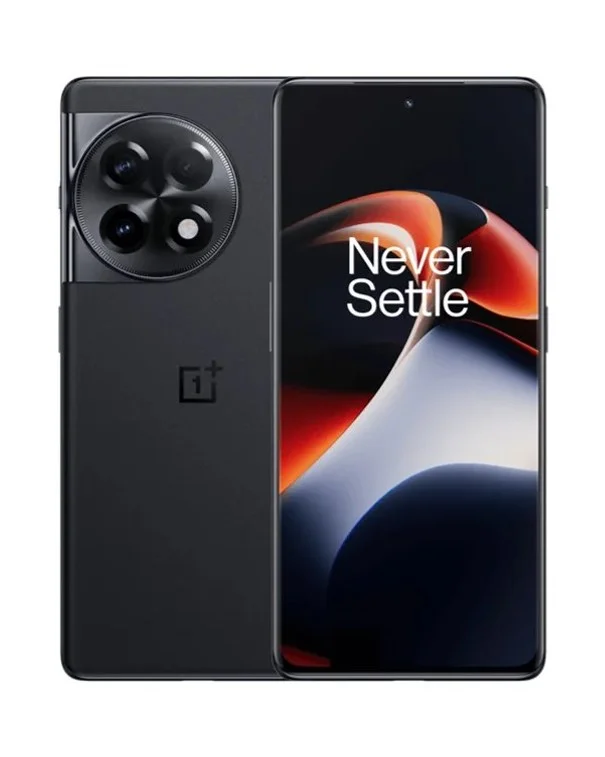

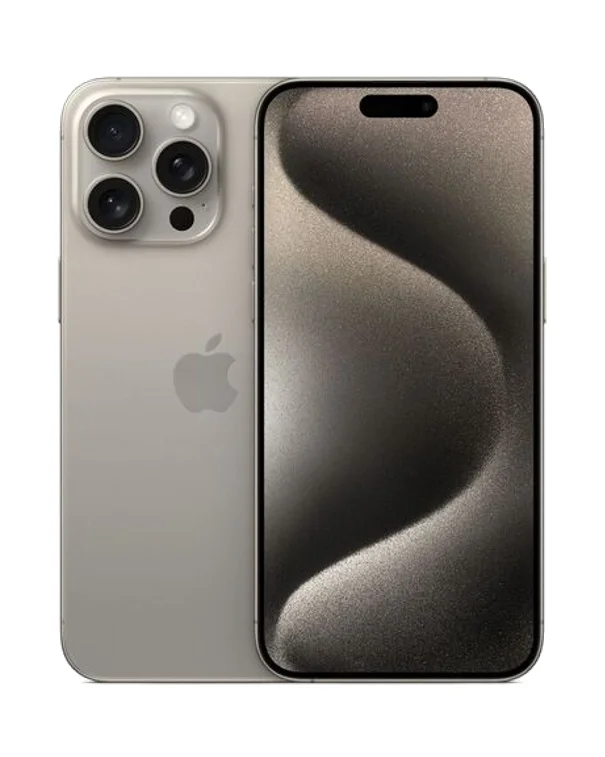
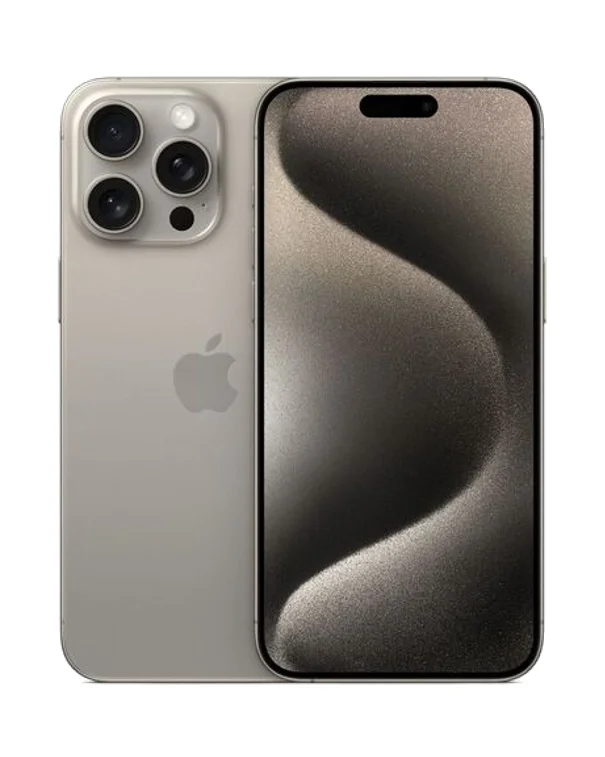


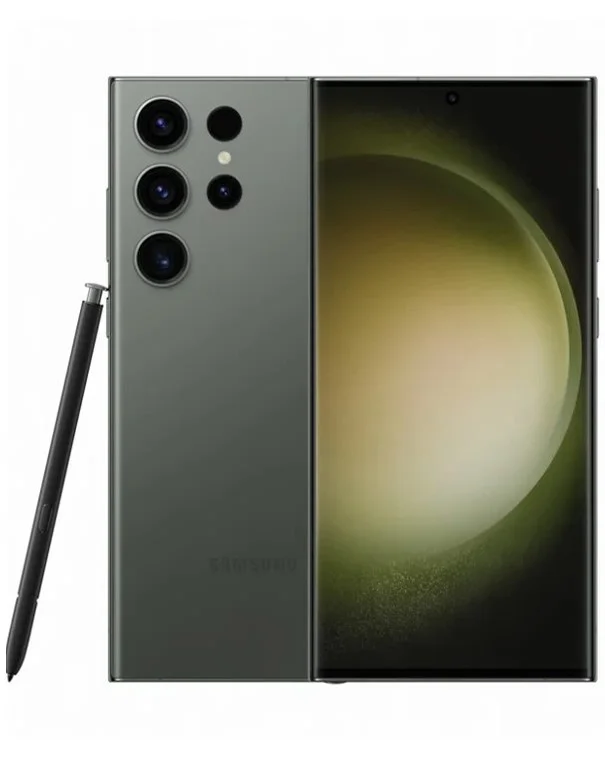
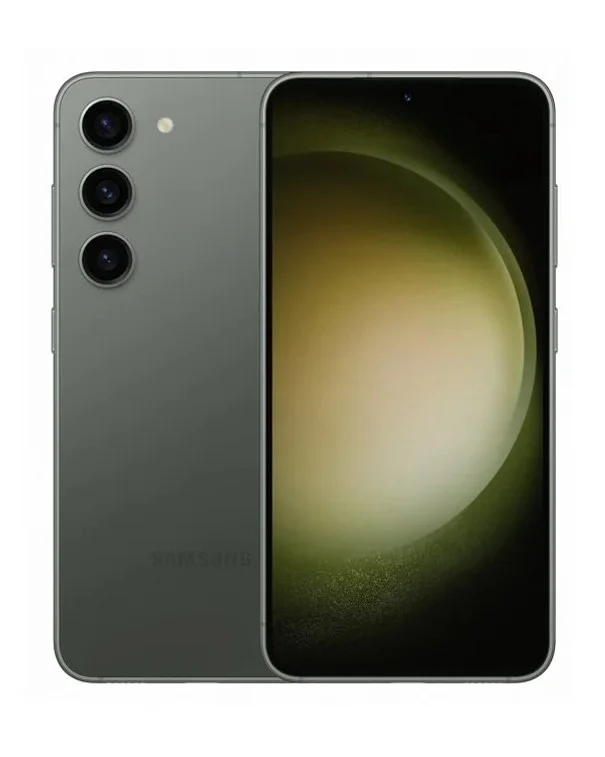
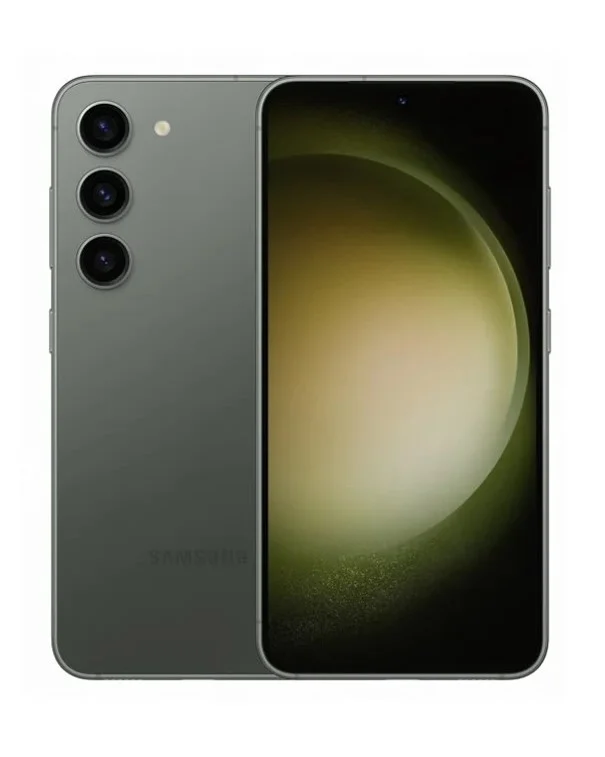
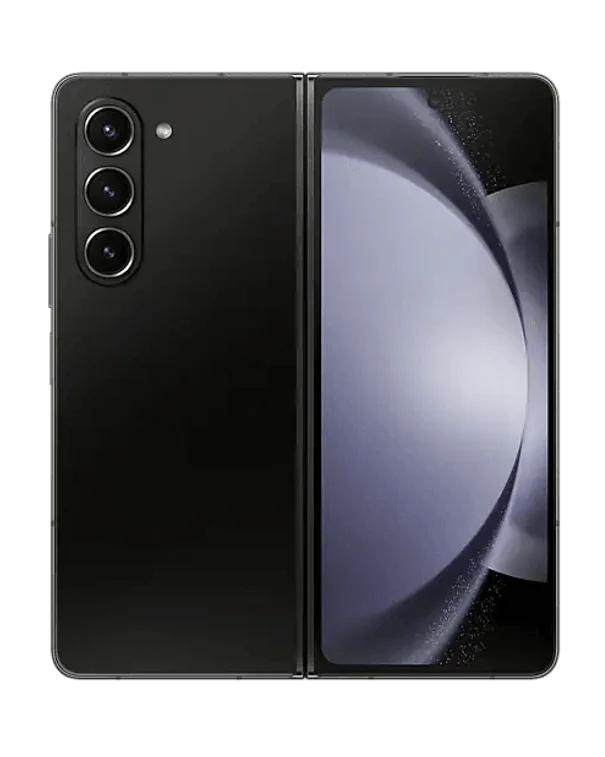
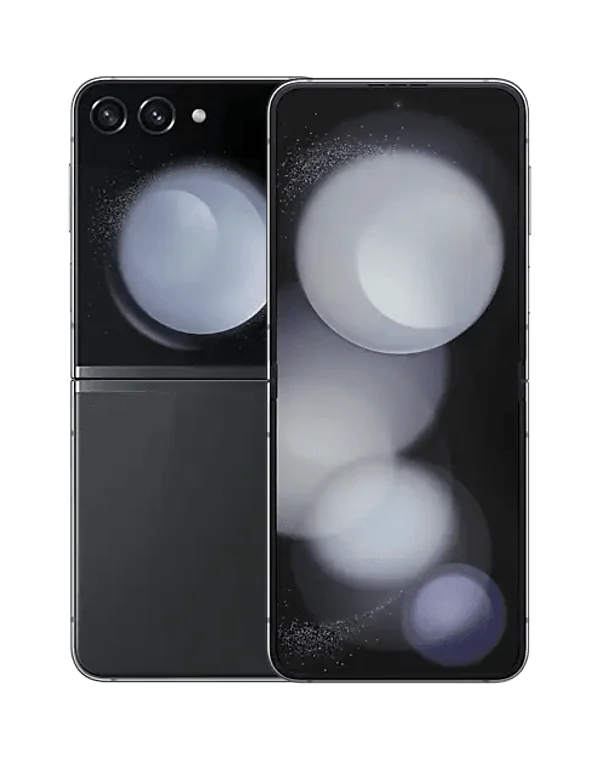
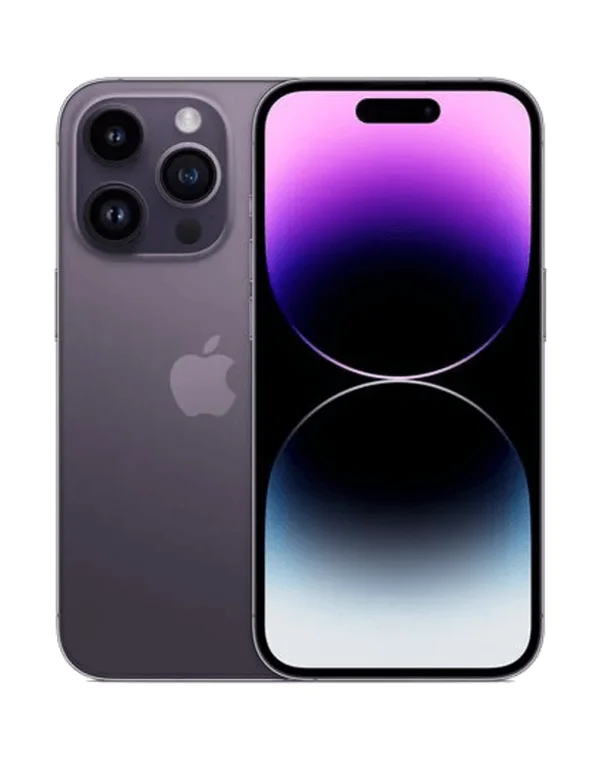

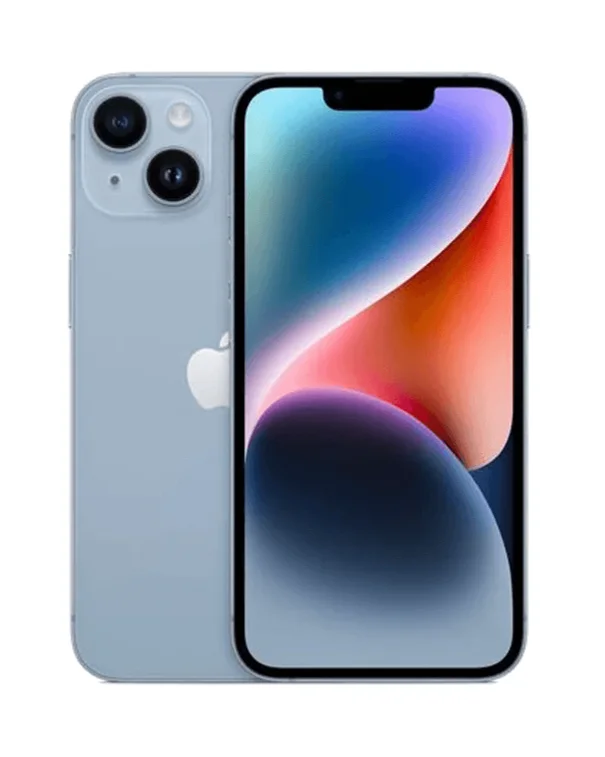
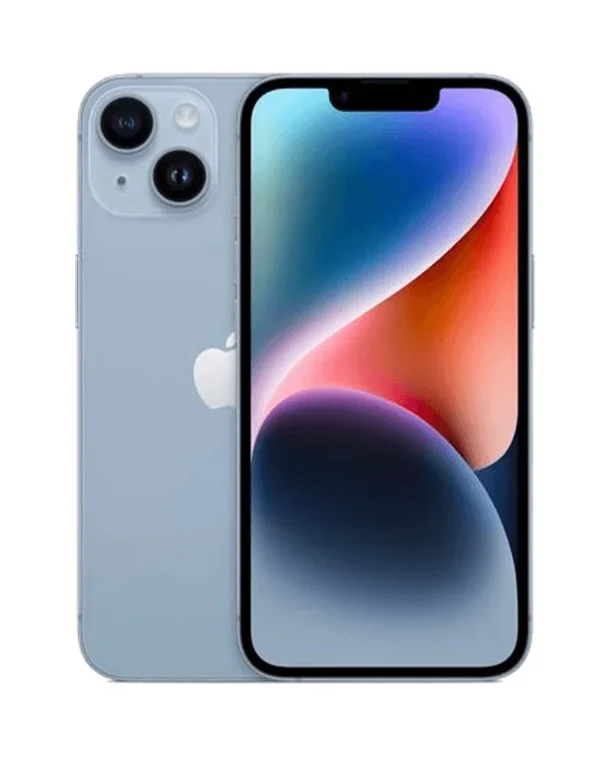
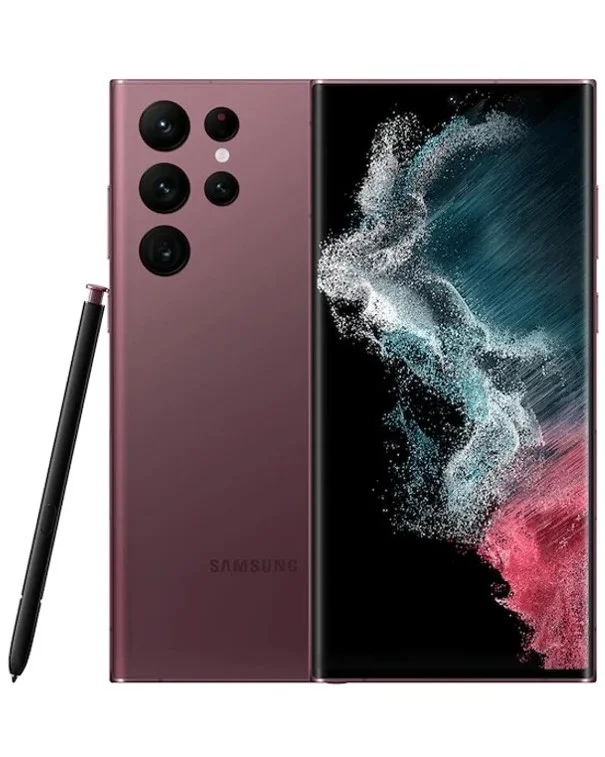


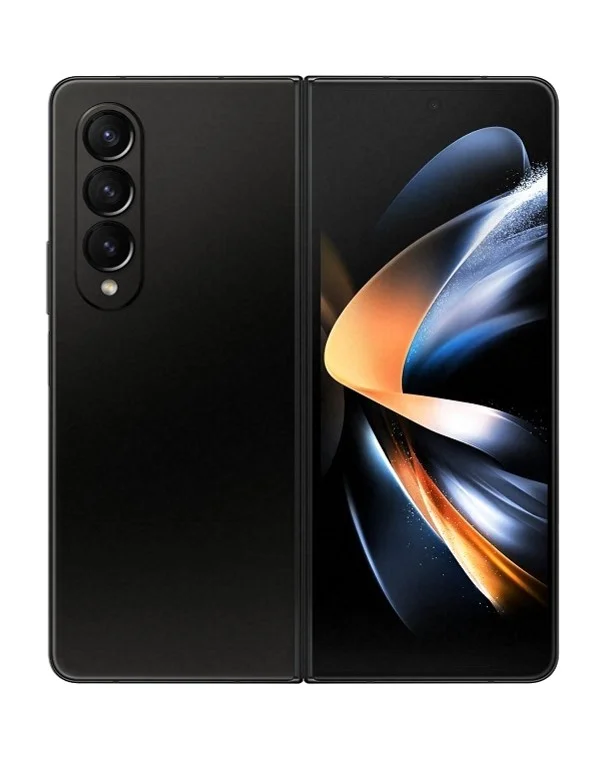




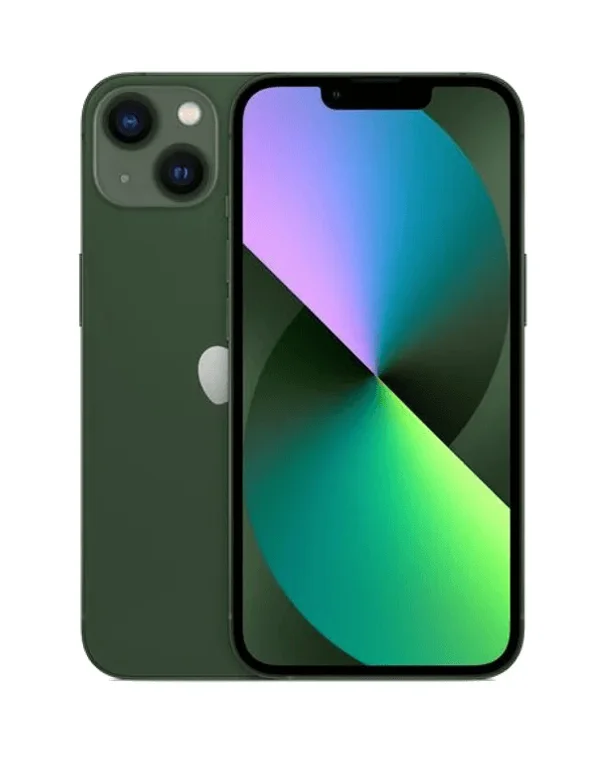

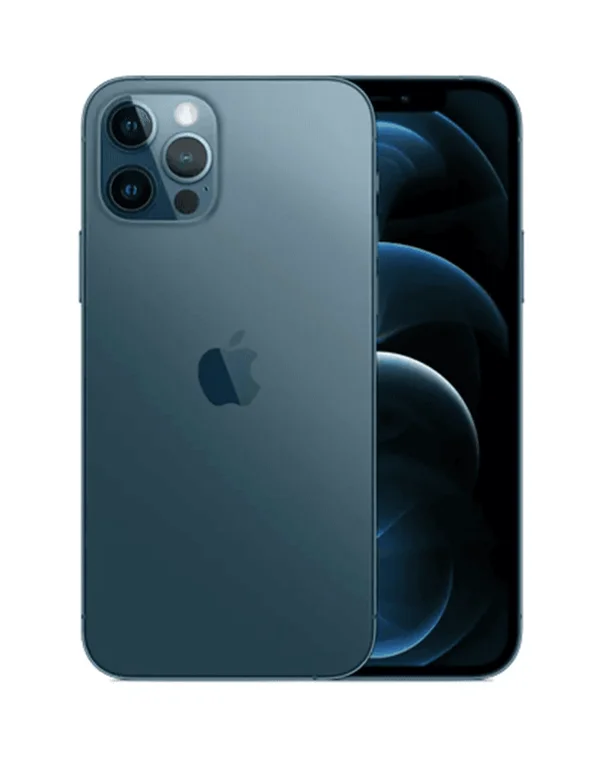
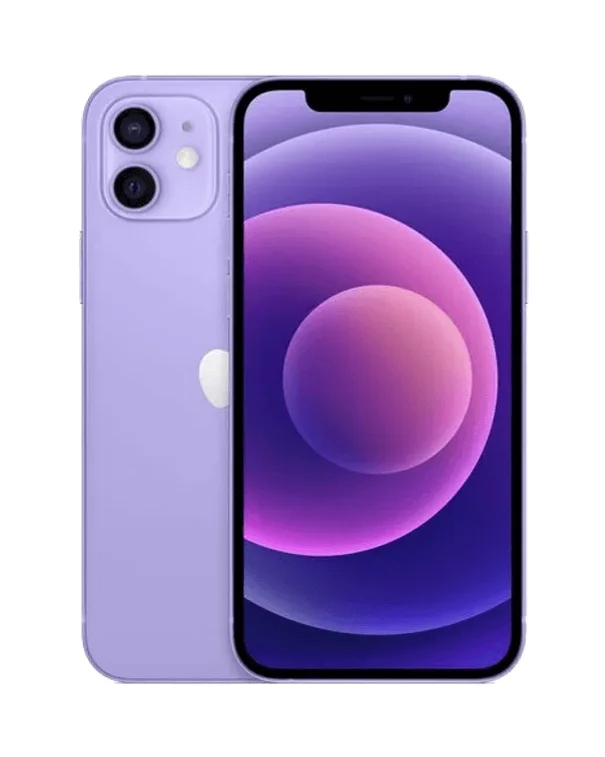
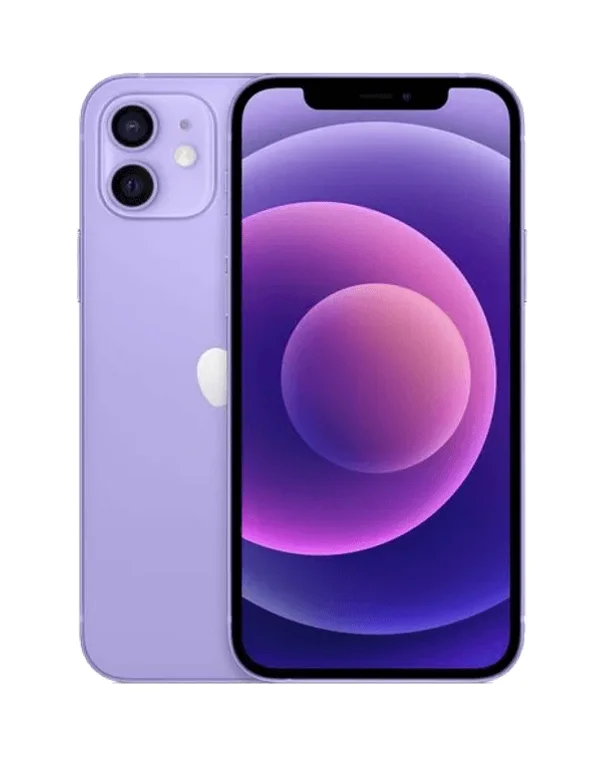


































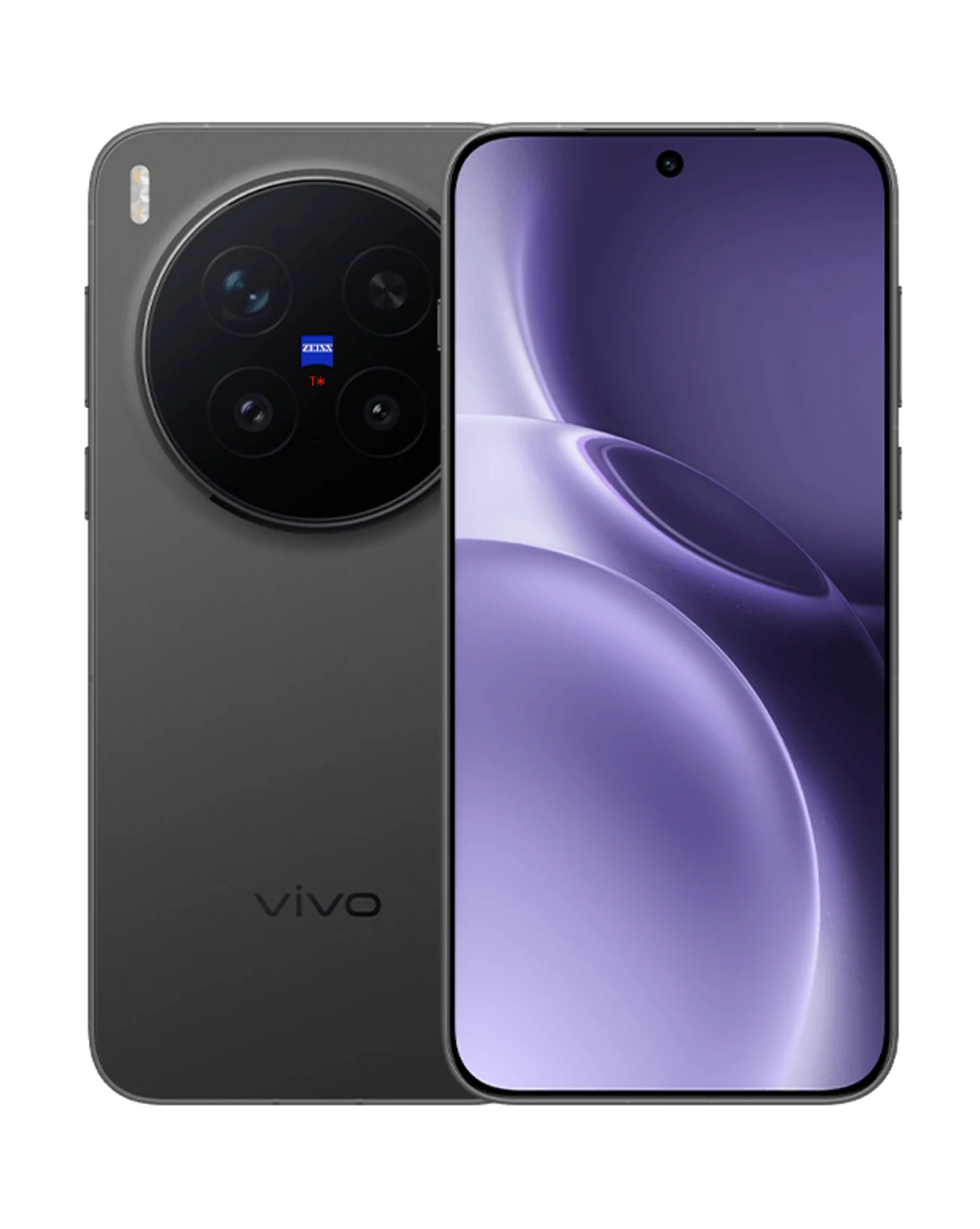



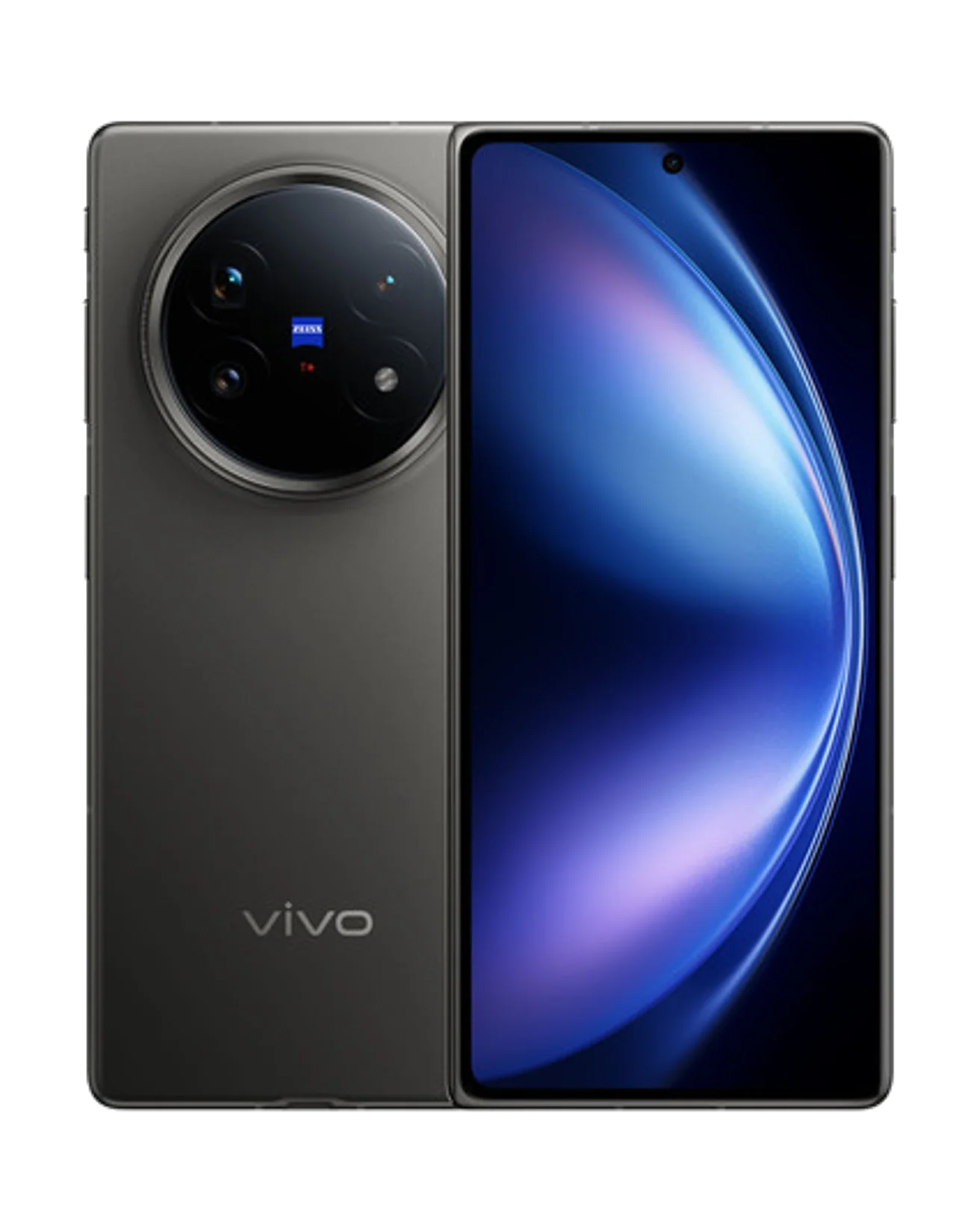







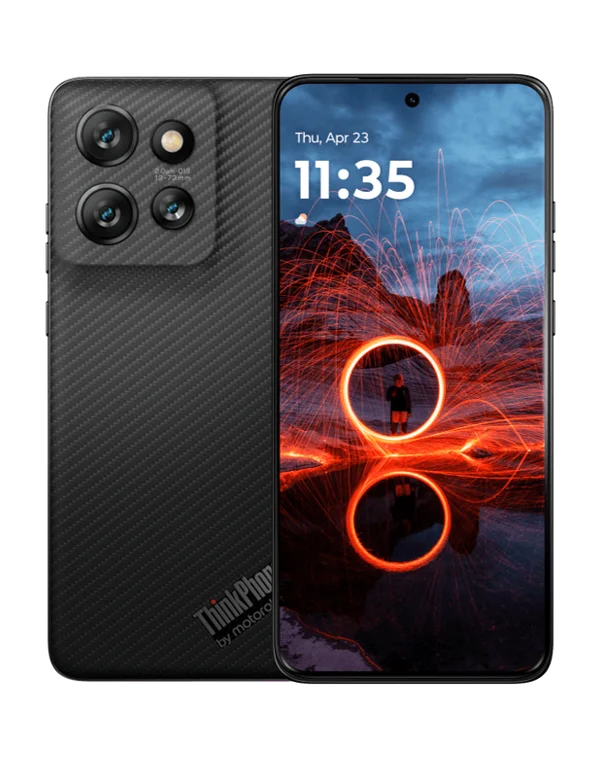
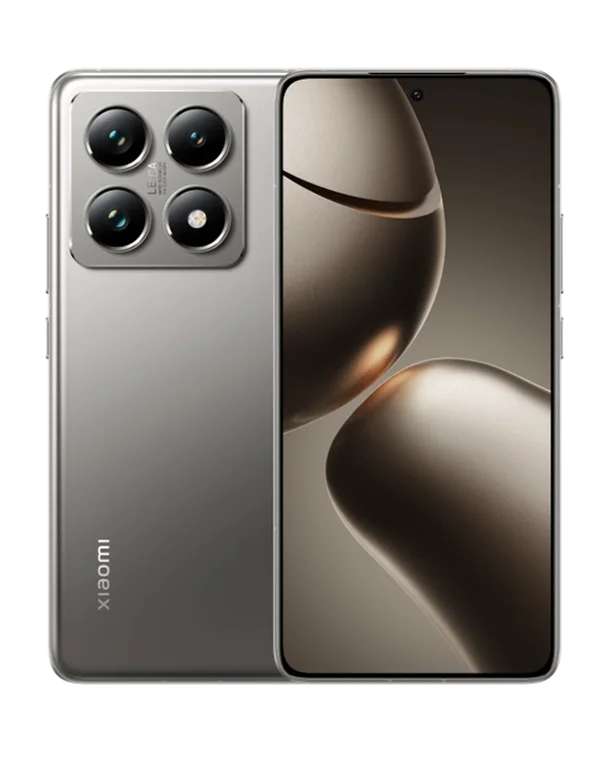




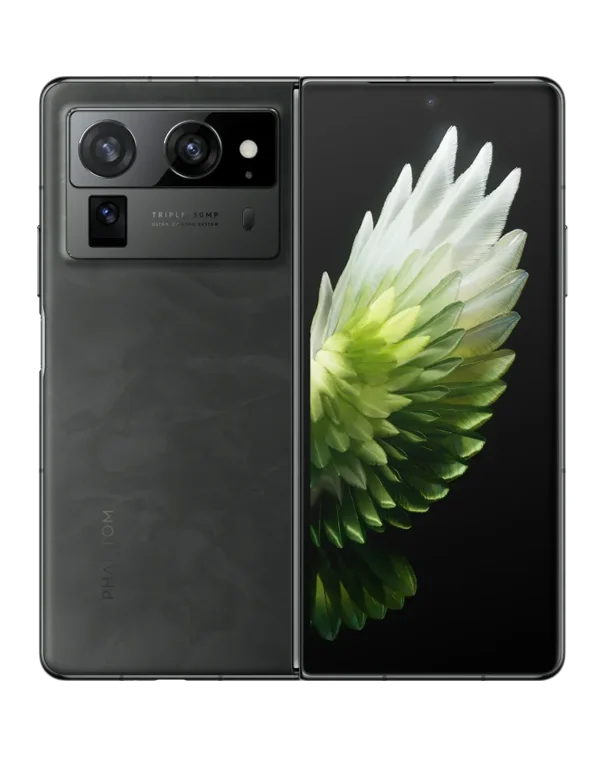


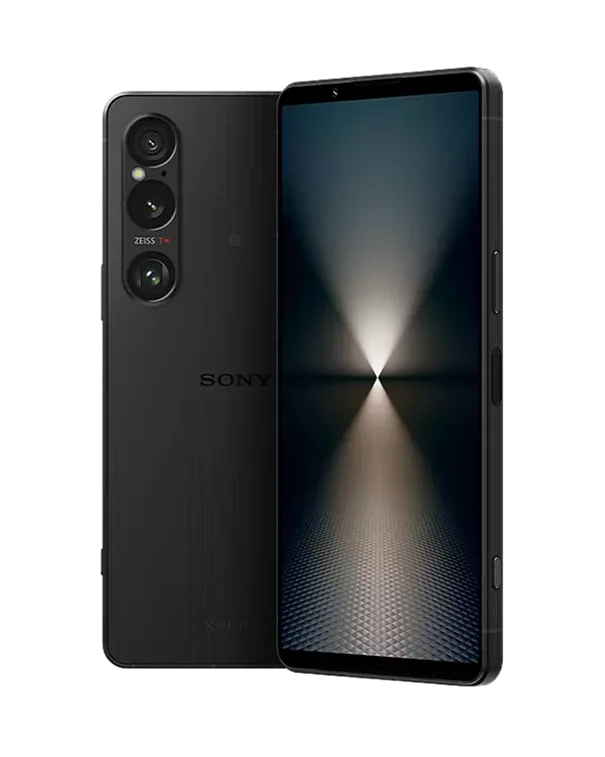

















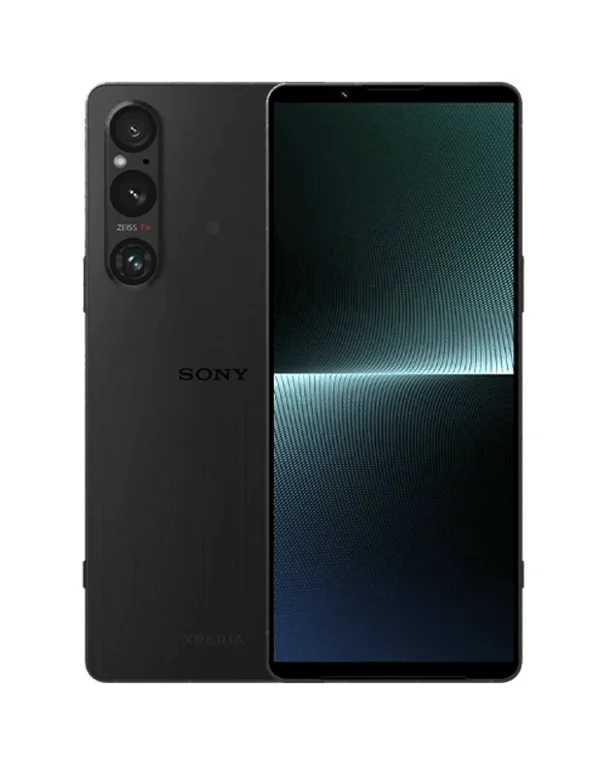

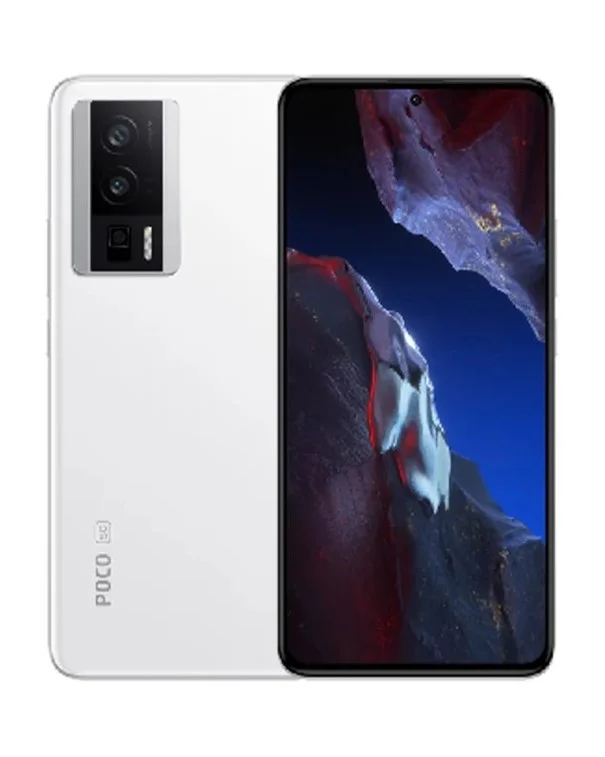
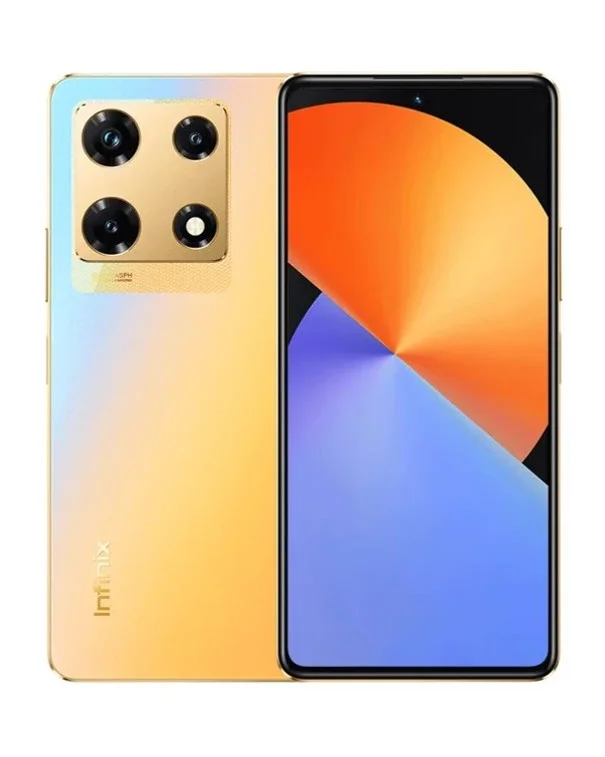

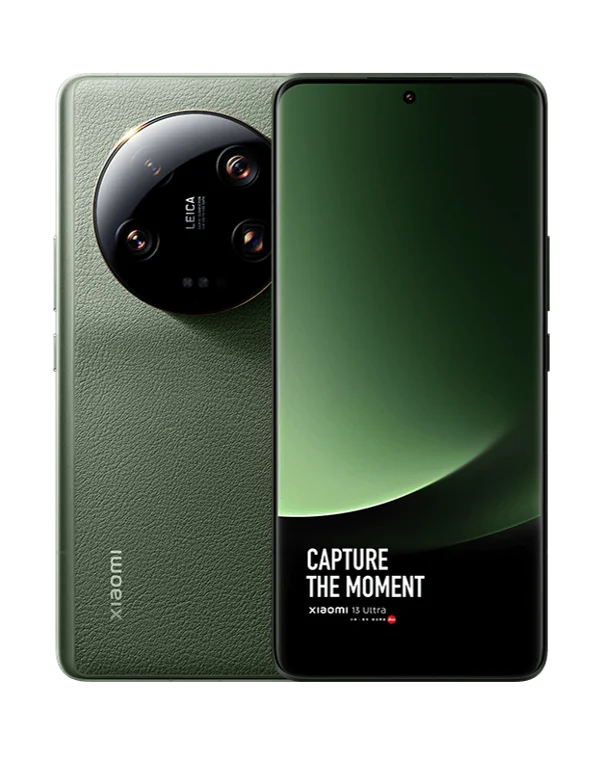






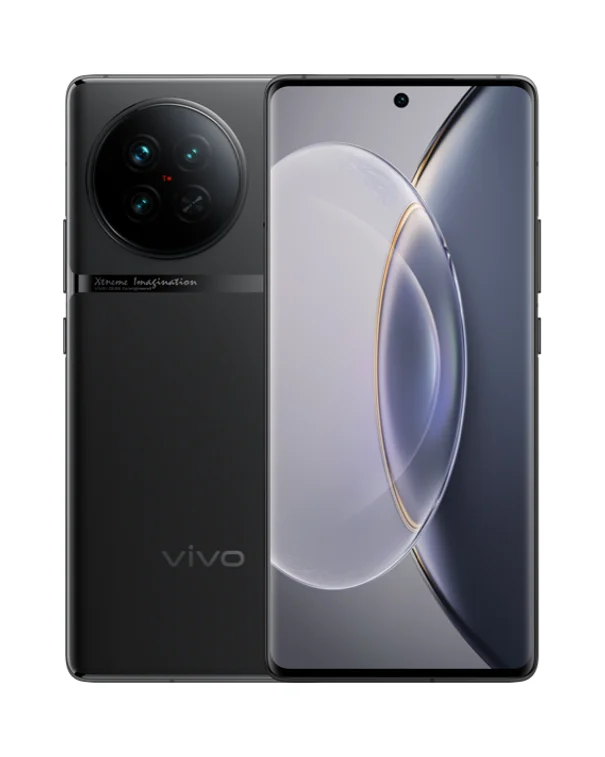


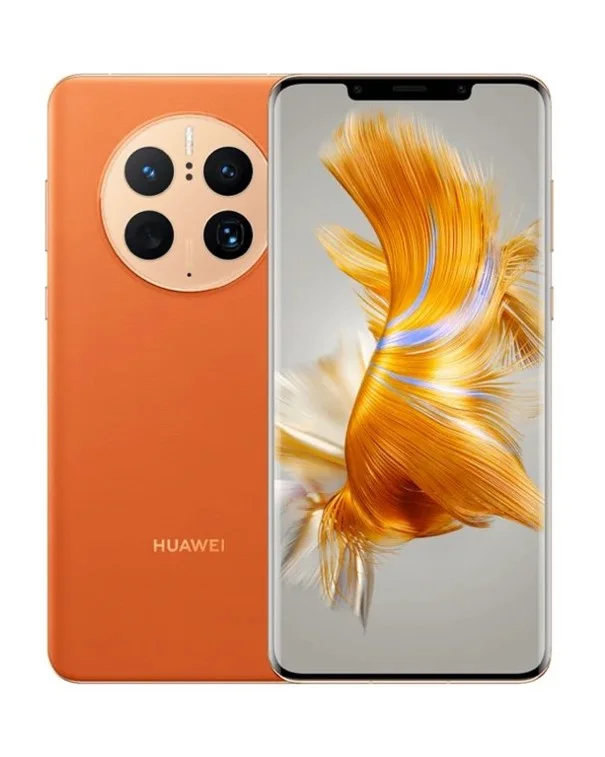
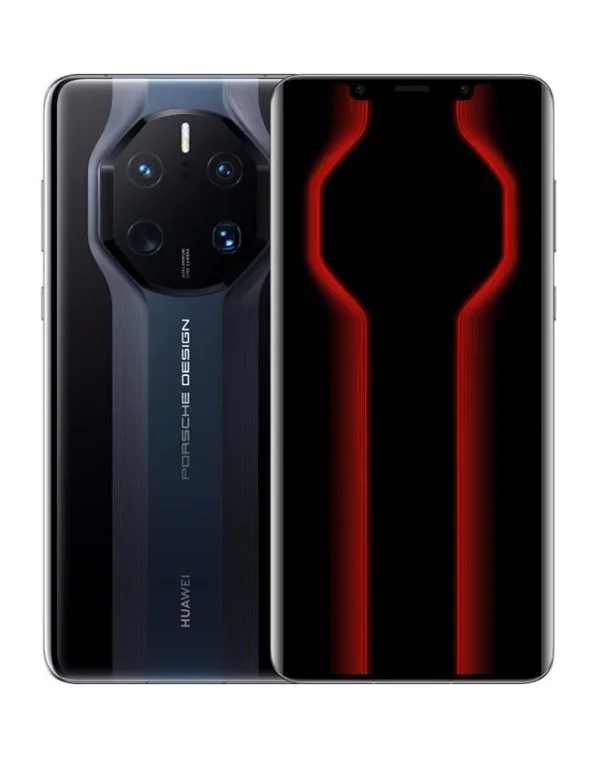
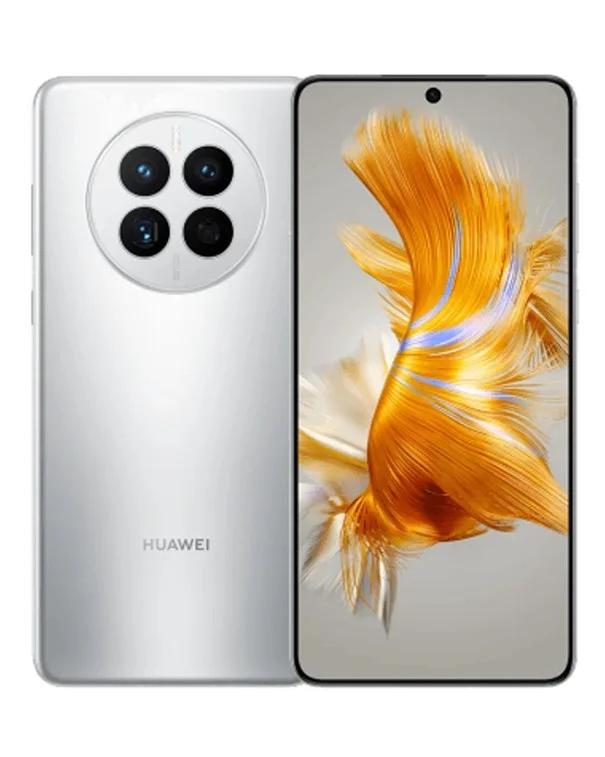







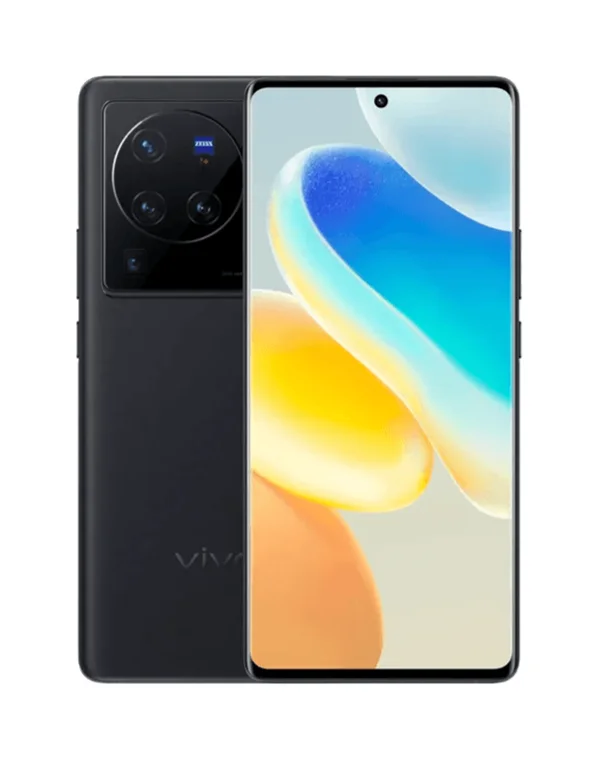








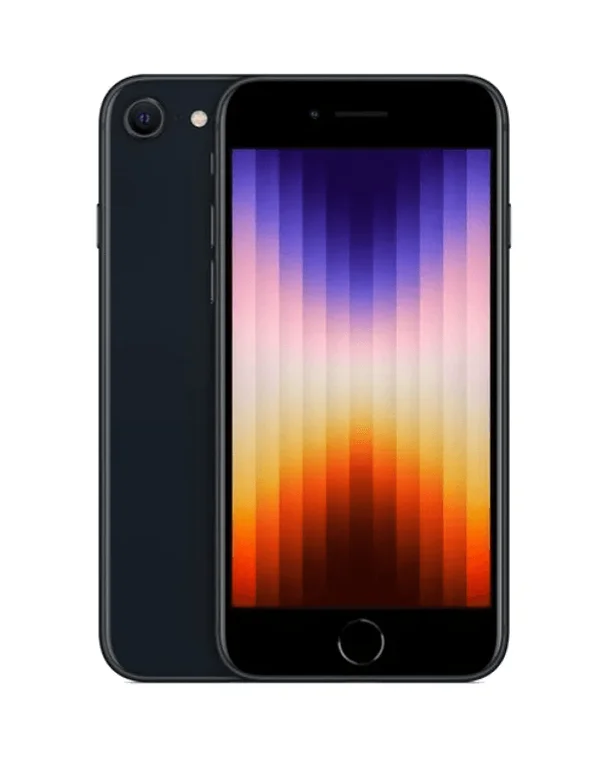
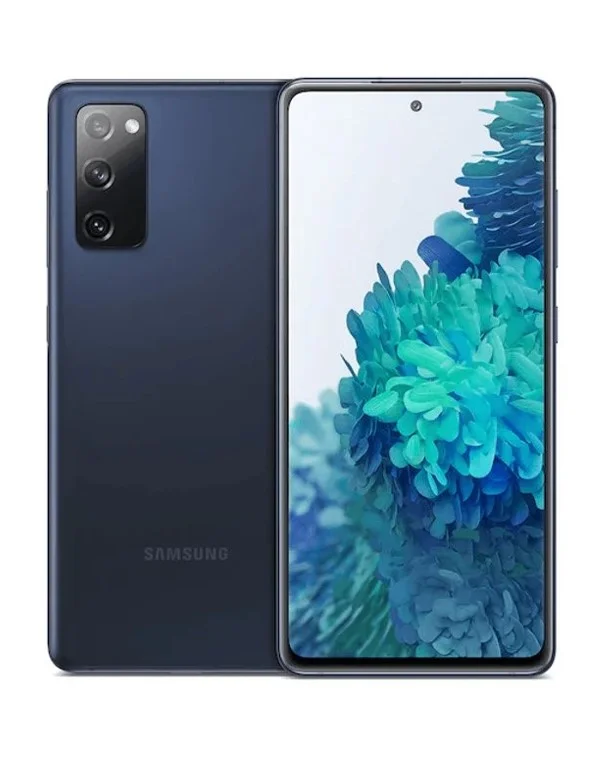

Wireless charging transfers power to devices without cables using electromagnetic fields. Common in phones and wearables, it involves inductive or resonant methods. Benefits include reduced cable clutter and enhanced device durability.
Wireless charging is generally safe for batteries but can generate more heat, potentially affecting battery health. It’s slower and less efficient than wired charging. Use quality chargers and ensure proper ventilation to minimize risks.
Wireless charging stations are generally safe. They include safety features to prevent overheating and overcharging. Ensure they are certified and used in well-ventilated areas to maintain optimal performance and safety.
Wireless charging generally does not work through metal. Metal interferes with the electromagnetic fields needed for inductive charging. However, some modern designs use alternative methods or materials to allow wireless charging through thin metal cases or surfaces.
Wireless charging does not typically damage SIM cards. The electromagnetic fields used for charging are designed to be safe for electronic components. However, ensuring the charging pad and phone are properly aligned can help avoid any potential issues.
Qi wireless charging is a standard that allows smartphones and devices to charge by simply placing them on a compatible charging pad—no cables needed. It uses electromagnetic induction to transfer power wirelessly between the charger and the device.
Qi2 is the upgraded version of Qi wireless charging that includes magnetic alignment (like Apple’s MagSafe), making charging more efficient and reliable. Qi2 also supports faster charging speeds, better heat management, and works with both Android and iPhones that support the standard.
Yes, wireless charging works with most phone cases—as long as they’re not too thick (usually under 5mm) and don’t contain metal. However, metal cases, magnetic mounts, or pop sockets may interfere with charging or block it completely.
Wireless charging phones offer convenience—just place your phone on a pad, no cables needed. They reduce wear on charging ports, support reverse charging for earbuds or other phones, and are ideal for clean, clutter-free setups.
MagSafe charging is Apple’s magnetic wireless charging system, introduced with the iPhone 12 series. It uses built-in magnets to perfectly align the phone with the charging pad, ensuring faster and more efficient wireless charging (up to 15W). MagSafe also supports accessories like magnetic wallets, stands, and car mounts.
